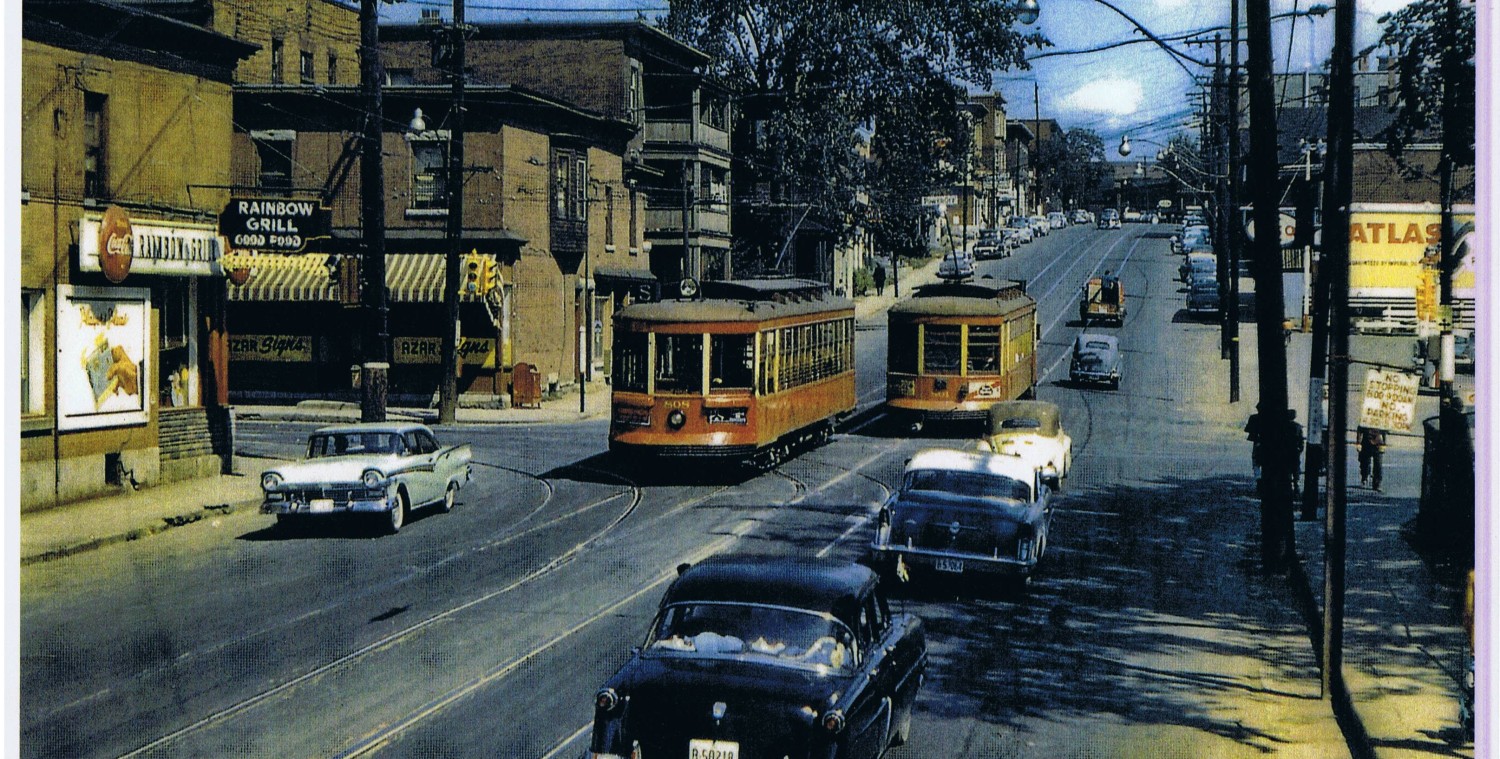This shipping label was on a box I got. Note the return address. City of Industry.
Who names a city like that?
California, of course.
The city of industry basically has no residents (ie, expenses) but has lots of businesses (ie revenue sources).
Recall that businesses cannot vote in elections. Increasingly, their ability to donate money to candidates is being restricted. Not unnaturally, politicians favour those who vote, and pluck funds from those who don’t, or can’t vote. It is surely a politicians wet dream to have a large industrial or commercial tax base to subsidize the residential (voting) base. School boards that can levy taxes love this situation.
Industries and commercial uses therefore pay higher taxes to provide benefits to residents, that do not offer an immediate payback to the business. Like all rational individuals, businesses seek to minimize taxes. There is a reason that Costco looks like it does (it qualifies as an industrial land user at a much lower tax rate than commercial or retail land users).
For many years, downtown Toronto property taxes were ridiculously low compared to Ottawa, because only the small original core city had most of the dense commercial high rise head office towers for the greater region (indeed, the whole province) that generated so much revenue. Outlying municipalities had the residents, but not the tax base, so one paid higher taxes the further one moved out. Ottawa had a similar situation, smaller scale.
The City of Industry is essentially a giant industrial park, spread along a freeway and rail corridor. It carefully excludes tax-consuming residential areas and schools (note the “hole” in its territory off the left, just below the words El Monte). It is also an electoral district (having its own senators, congressmen, mayor, etc). It has about 12 sq miles of territory (about 7600 acres). It has a resident population of less than a 1000 (2010 census = 219, spread among 73 houses; other sources vary). Residents border a golf course or reside in a nursing home (warehouse for the elderly?).
The aerial shot above clearly shows all the white roofs of giant warehouses and buildings.
Not unexpectedly, there are no business taxes, but there is a property tax and a retail sales tax from the local shopping centre (which was featured in the movie Back to the Future) and a business hotel.
Even more oddly, it has a McDonald’s that has no customers. Ever.
It is a special McD used only for filming movie scenes and commercials. No word if Ronnie or The Hamburgler count as City residents.
Here’s a photo of it I found on the ‘net, taken by Jason S:
In my travels, I always check destinations for the urban weirds and wonderfuls. I have lots of pic of strange cities, urban utopias, failed health communities etc. Use the comments section if you want to see some of these, otherwise I’ll stick to the local knitting, Ottawa.








Stories of the urban weird are wonderful!
Great example, thanks for pointing this out. Are the states to be blamed for this artificial construct. They regulate cities and towns and allow such weird boundaries.
If this is an example of what’s in your weird file, yes, please, lots more.
The City of Vinci in Season 2 of HBO’s True Detective was apparently modeled after this city or a similar one in LA. With all that revenue and so few costs the potential for corruption is obvious. And contrary to some reviews I really enjoyed season 2 of True Detective.